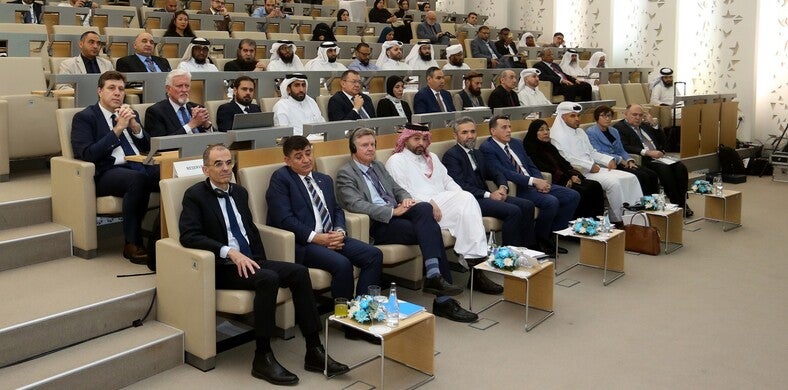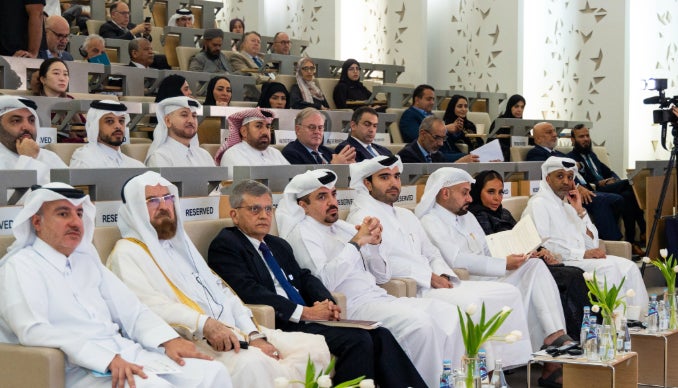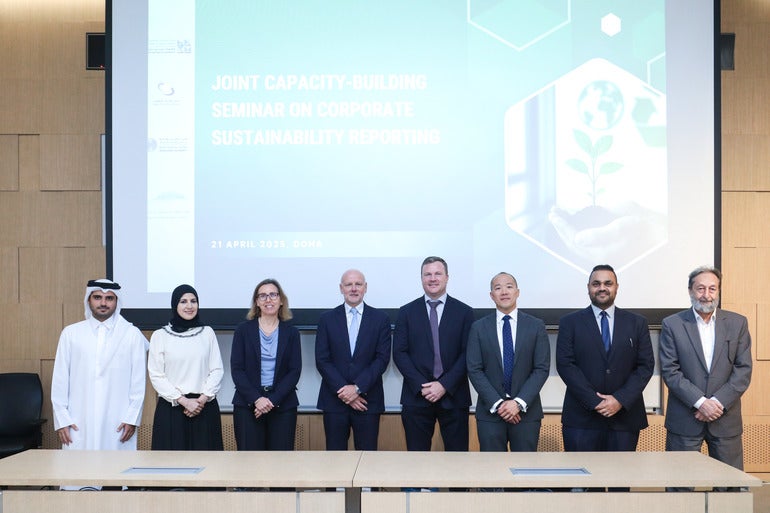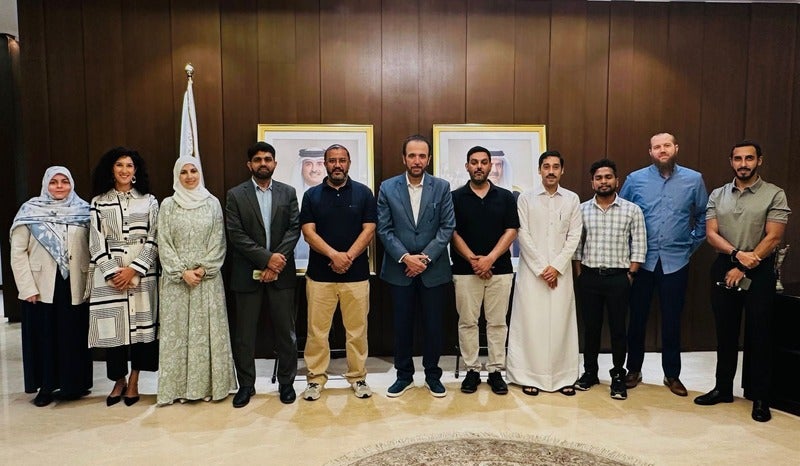Alexandre Caeiro, Associate Professor, College of Islamic Studies, HBKU
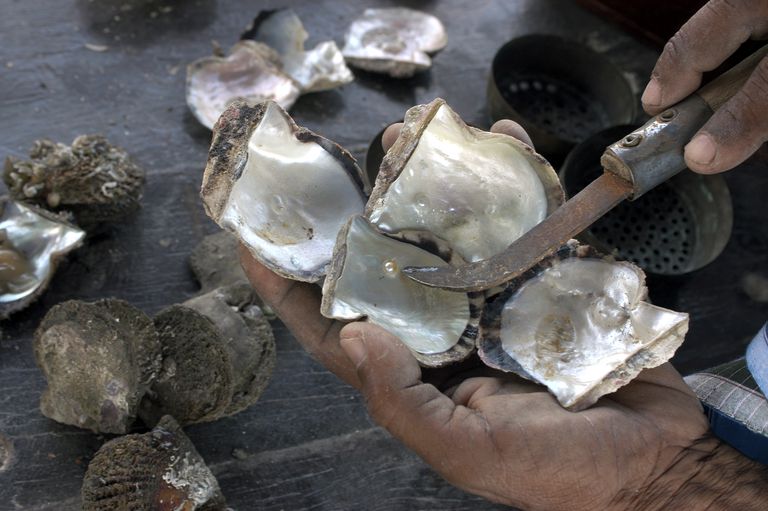
From “the beginning of time” until the discovery of oil, pearling provided employment and sustenance for the populations of the Gulf sheikhdoms. As the central activity of the region, pearling also shaped the social and cultural outlook of the region. It was alluring and feared at the same time, sometimes associated – as in the 1972 Kuwaiti film “Bas ya Bahr” – with greed, misery, and obstinacy. Even during the pearl boom of the late nineteenth and early twentieth centuries, pearling was a dangerous and often thankless enterprise, structured along hierarchical and racial lines. As the Bin Jelmood House at Mshreireb makes clear, the diving force comprised a large number of enslaved people. Even the divers, who were technically free, were often compelled to work in the pearling industry in order to pay off their debts (and sometimes their fathers’ debts). Their subordination was made harder by customary laws and legal practices that favored boat captains and merchants.
The discovery and exploitation of oil and gas in the second half of the twentieth century transformed Qatar and the region, putting an end to the tribulations of the past. Pearling, however, has not disappeared from the cultural and political landscape of contemporary Gulf states. Since the turn of the century, pearling has been revived and incorporated into a proliferating heritage industry throughout the region.
The celebration of pearling as part of Qatar’s national heritage is visible in Doha’s museums, the publications of Katara’s Cultural Village Foundation, and the annual Traditional Dhow Festival, and Senyar pearl diving competition. State initiatives are geared towards nation building. They promote cultural authenticity and homogeneity, often emphasizing the role that ruling families play in protecting local cultures against the onslaught of globalization.
Contemporary cultural production around pearling in the Gulf goes far beyond state projects and agendas, however. Artists, filmmakers, and other cultural producers are creatively drawing on the pearl trade to speak to current concerns. Yūsuf al-Sharīf’s 1984 painting, currently on display at the Mathaf’s “Lived Forward: Art and Culture in Doha from 1960-2020” exhibition, inscribes pearling into a national narrative of development and progress. Mohammed Al-Ibrahim’s 2011 film “Land of Pearls” offers a commentary on the inter-generational transmission of knowledge, the loss of shared bonds, and the value of sacrifice. At the National Museum, Mira Nair’s video installation “Nafas” depicts the consequences of the sailors’ prolonged absence for family life. These representations tend to present pearling as an egalitarian enterprise between family members and friends. They emphasize the solidarity, common purpose, and traditional piety of the sailors. They respond to contemporary anxieties about secularization, the disintegration of family structures, and the alienation of contemporary work regimes. Rather than seeing contemporary depictions of pearling simply as attempts to preserve an endangered tradition and a vanishing knowledge, the twenty-first century mobilization of pearling in local cultural production constitutes an attempt to imagine new social and political relations in ways that speak to contemporary concerns about globalization, intergenerational change, and the transformations of state-society relations in the Gulf.
Related News
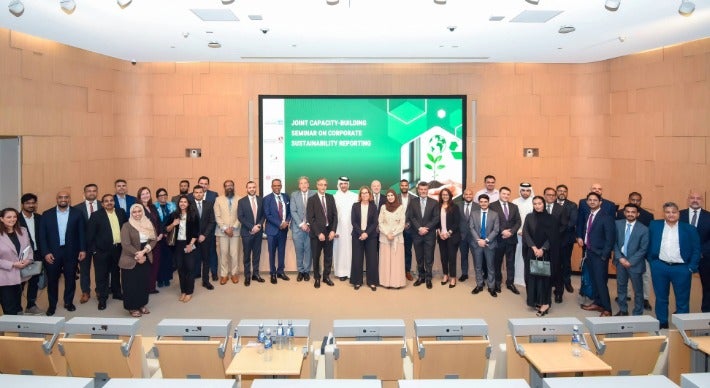
HBKU’s CIS Hosts Second High-Level Seminar on Corporate Sustainability Reporting
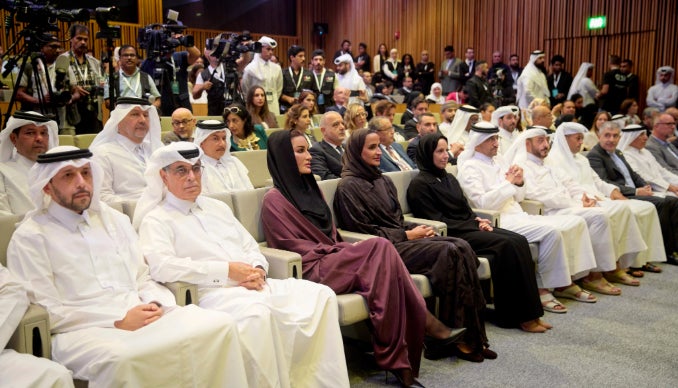
Her Highness Sheikha Moza bint Nasser Attends Hamad Bin Khalifa University’s Conference on AI Ethics
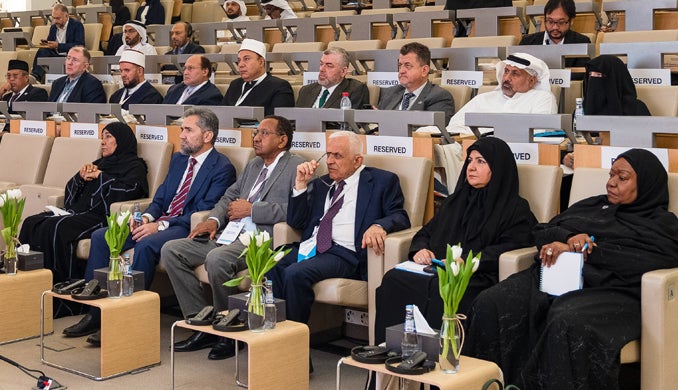
HBKU’s Sīrah of the Prophet Conference Discusses Peace and War Through an Islamic Lens
